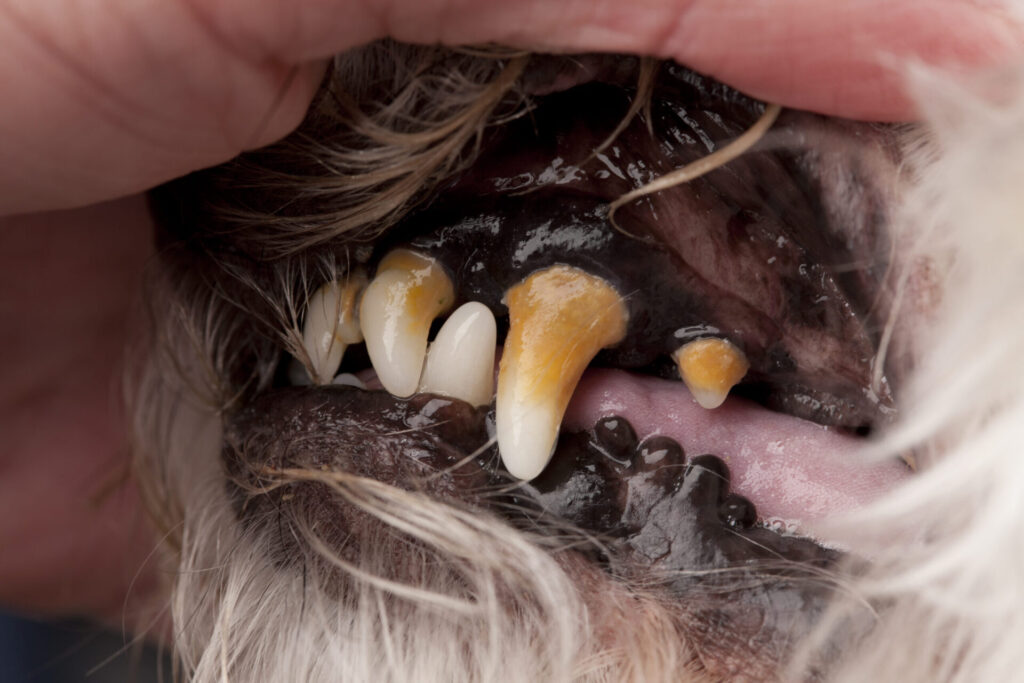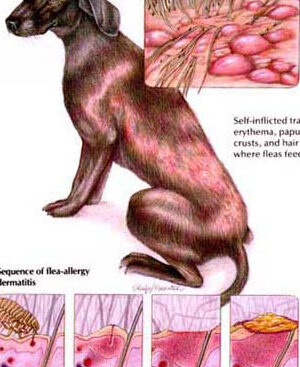“Dogs are not our whole life, but they make our lives whole.” — Roger Caras
health issues in dogs For every dog owner, ensuring their furry friend’s health and well-being is paramount. Yet, many are unaware of the myriad of health issues that can affect their pets. This article dives deep into the most common health issues in dogs, providing crucial insights and actionable advice to keep your canine companion healthy and happy.
Understanding Canine Health Issues
Dogs, like humans, are susceptible to various health problems. According to the American Veterinary Medical Association (AVMA), nearly 50% of dogs over the age of 10 will develop cancer. This alarming statistic underscores the importance of regular veterinary check-ups and early detection. Beyond cancer, dogs frequently face issues such as dental disease, obesity, and arthritis, all of which significantly impact their quality of life.
1. Dental Disease
Problem: Dental disease is one of the most prevalent health issues in dogs. By the age of three, over 80% of dogs show signs of periodontal disease, which can lead to severe complications if left untreated.

Solution: Regular dental check-ups and cleanings are essential. Incorporate tooth brushing into your dog’s routine and provide dental chews to reduce plaque buildup.
2. Obesity
Problem: Obesity affects approximately 25-30% of the general canine population. Overweight dogs are at higher risk for diabetes, heart disease, and joint problems.

Solution: Ensure your dog gets adequate exercise and monitor their diet closely. Opt for high-quality, nutritious food and avoid overfeeding treats. Regular weigh-ins can help track their progress.
3. Arthritis
Problem: Arthritis, particularly osteoarthritis, is common in older dogs and certain breeds predisposed to joint issues. It causes pain and mobility problems.

Solution: Maintain a healthy weight for your dog to reduce joint stress. Supplements like glucosamine and chondroitin can help, along with appropriate pain management under a vet’s guidance. Gentle exercises such as swimming can also be beneficial.
4. Skin Allergies
Problem: Skin allergies in dogs can result from food, environmental factors, or parasites like fleas. Symptoms include itching, redness, and hair loss.

Solution: Identify and eliminate the allergen if possible. Regular grooming and hypoallergenic shampoos can alleviate symptoms. Consult your vet for allergy testing and potential treatments.
5. Ear Infections
Problem: Ear infections are common, especially in breeds with floppy ears. Signs include scratching, head shaking, and discharge.

Solution: Keep your dog’s ears clean and dry. Regular vet check-ups can catch infections early, and prescribed medications can effectively treat them.
Early Detection and Regular Check-ups
Early detection is crucial in managing and preventing severe health issues. Regular veterinary visits allow for early diagnosis and treatment of many conditions. Dogs should have at least one annual check-up, with senior dogs needing more frequent visits. Vaccinations, blood tests, and physical exams are vital components of these check-ups.
Vaccinations and Preventative Care
Problem: Many serious diseases, such as parvovirus and distemper, are preventable through vaccination.
Solution: Follow a vaccination schedule recommended by your vet. Preventative care also includes regular flea, tick, and heartworm treatments to protect your dog from parasites.
The Role of Diet and Exercise
A balanced diet and regular exercise are fundamental to your dog’s health. Quality dog food provides necessary nutrients, while exercise helps maintain a healthy weight and prevents obesity-related issues.

Nutrition
Problem: Poor nutrition can lead to numerous health problems, including obesity and skin conditions.
Solution: Choose dog food that is appropriate for your dog’s age, size, and activity level. Consult your vet for dietary recommendations tailored to your dog’s specific needs.
Exercise
Problem: Lack of exercise contributes to obesity and behavioral problems.
Solution: Ensure your dog gets regular physical activity suited to their breed and energy levels. Activities like walking, playing fetch, and agility training are excellent ways to keep them active.
Conclusion
Understanding common health issues in dogs is the first step toward ensuring their longevity and happiness. By being vigilant and proactive, you can mitigate these risks and provide your dog with the best possible care. Remember, a healthy dog is a happy dog, and your efforts in maintaining their health will be rewarded with years of joyful companionship.





















